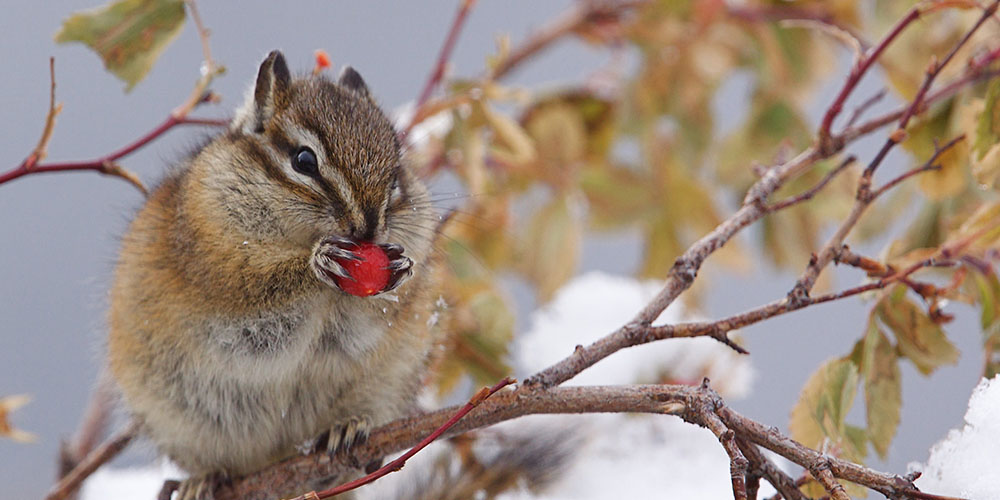
Energy in Ecosystems
For grades 3-5. Students focus on forests (one of the largest and most complex types of ecosystems) and come to understand some of the interactions present in all ecosystems.

For grades 3-5. Students focus on forests (one of the largest and most complex types of ecosystems) and come to understand some of the interactions present in all ecosystems.
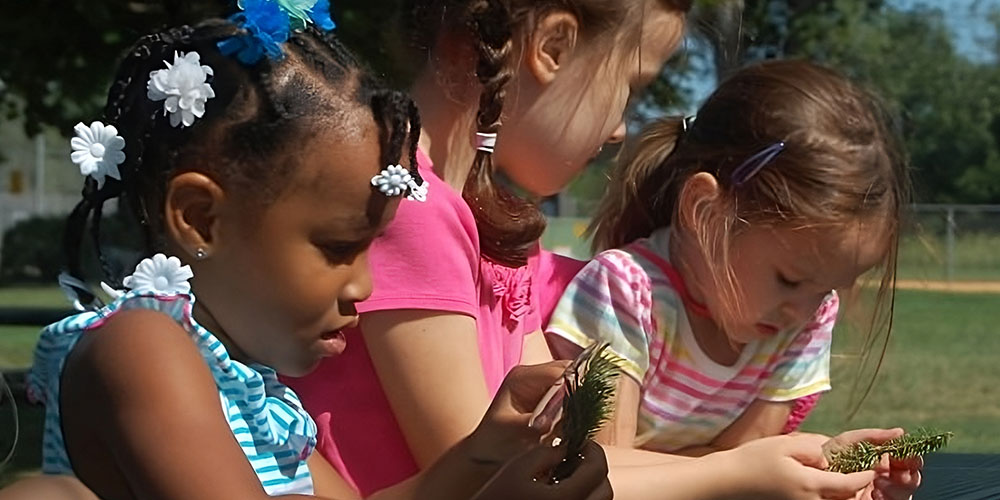
For grades K-2. In this E-Unit students explore and collect tree data to develop an understanding of how trees grow, the roles trees play in ecosystems, and the ways in which trees and humans interact.
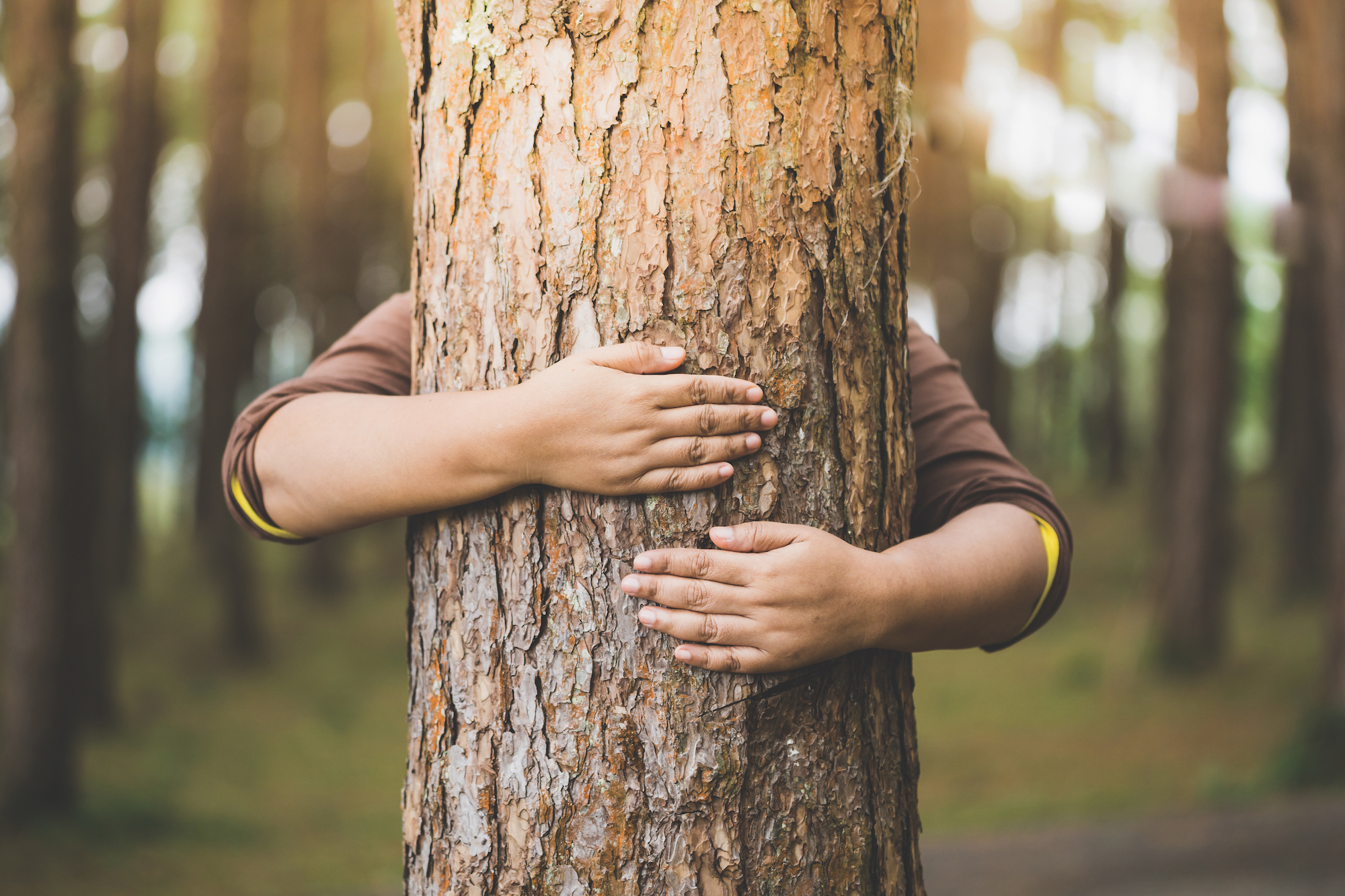
Sensational Trees is a downloadable resource for educators of students in grades K-2 that uses sensory exploration to understand objects, spaces, people and interactions.
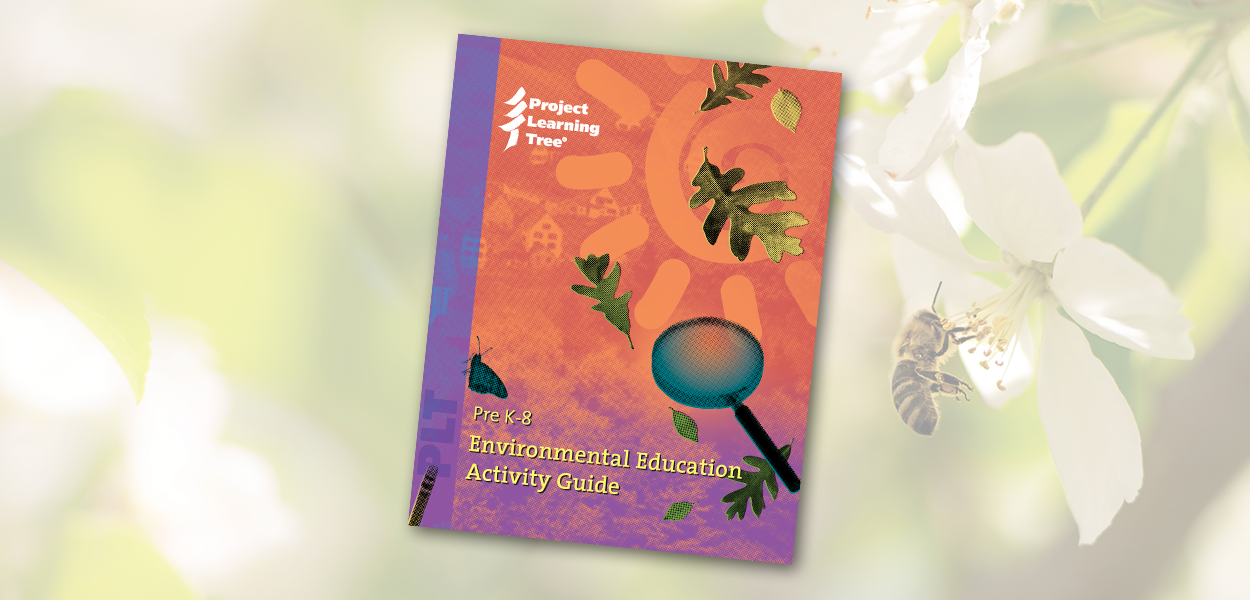
Charting Diversity. Birds and Worms. Pollution Search. These are some of the 96 hands-on interdisciplinary activities found in Project Learning Tree’s PreK-8 Environmental Education Activity Guide.
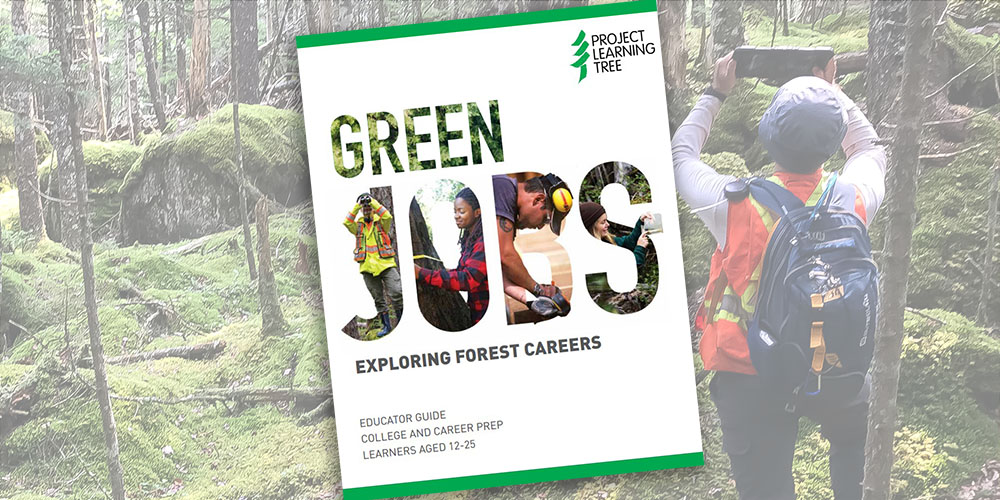
Help youth discover careers in sustainable forestry and conservation. The Green Jobs: Exploring Forest Careers unit includes four hands-on, NGSS-aligned, instructional activities to help youth research forestry jobs.

Students select individual trees to observe over time, deepening their awareness of tree changes and developing a greater appreciation for their local environment.
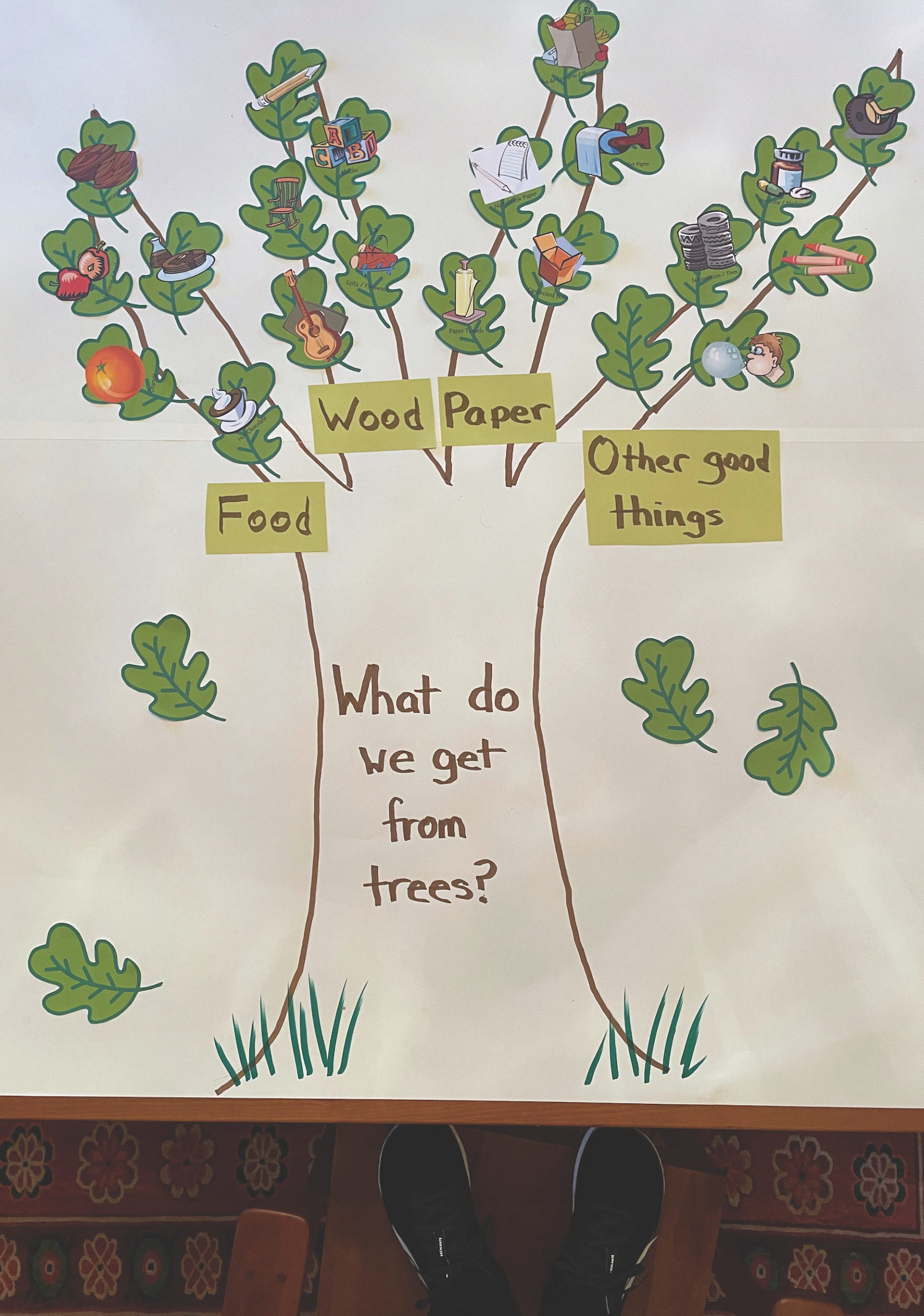
In this activity, children explore the many products and benefits that trees provide.
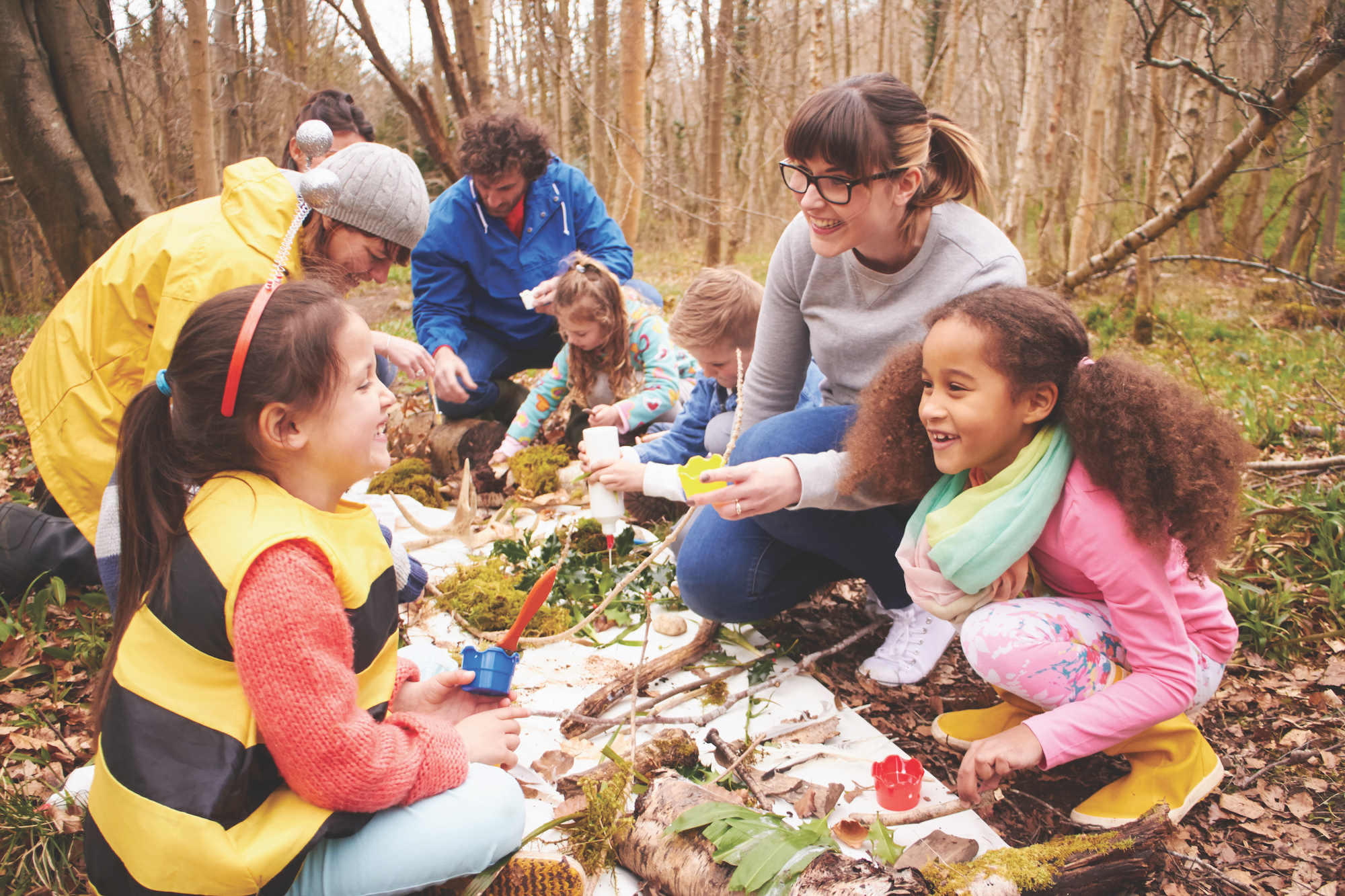
In this activity, children explore how their community—and the trees within it—provide things people need.
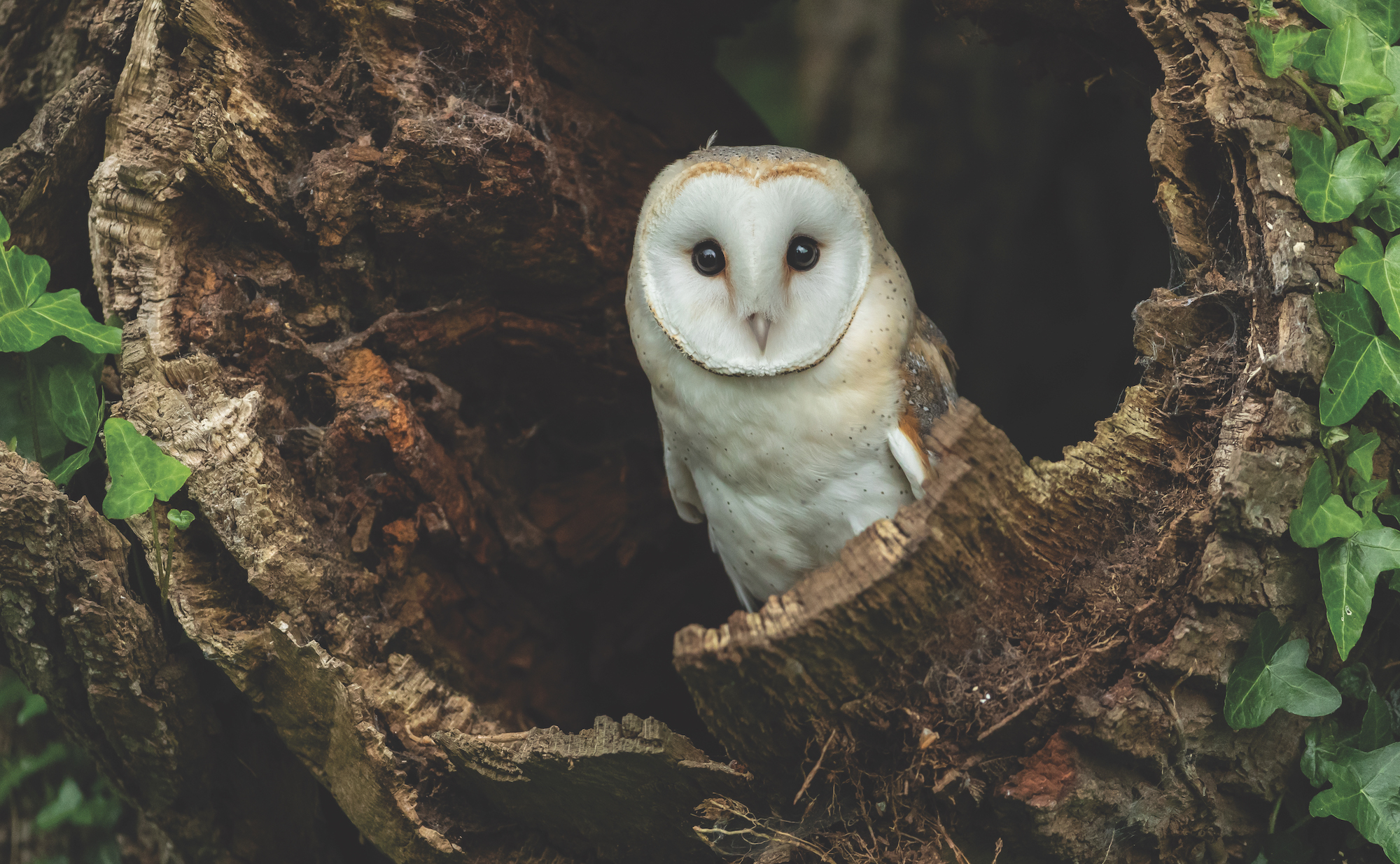
In this activity, children discover how plants and animals depend on trees.

In this activity, children make a tree costume and explore the parts of a tree.